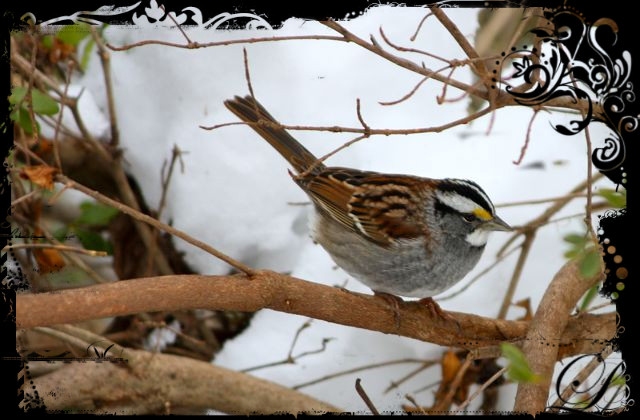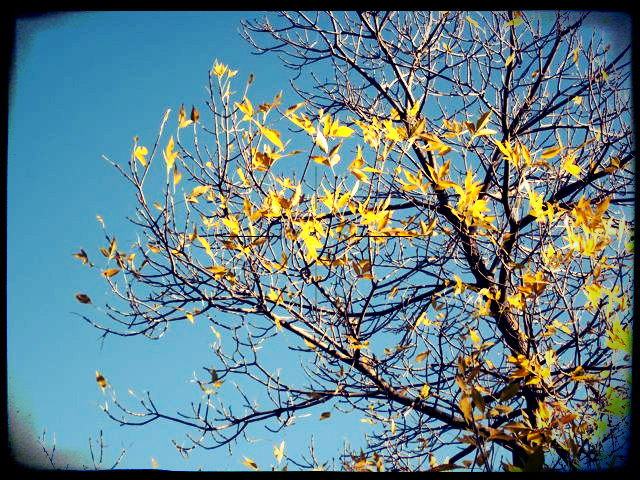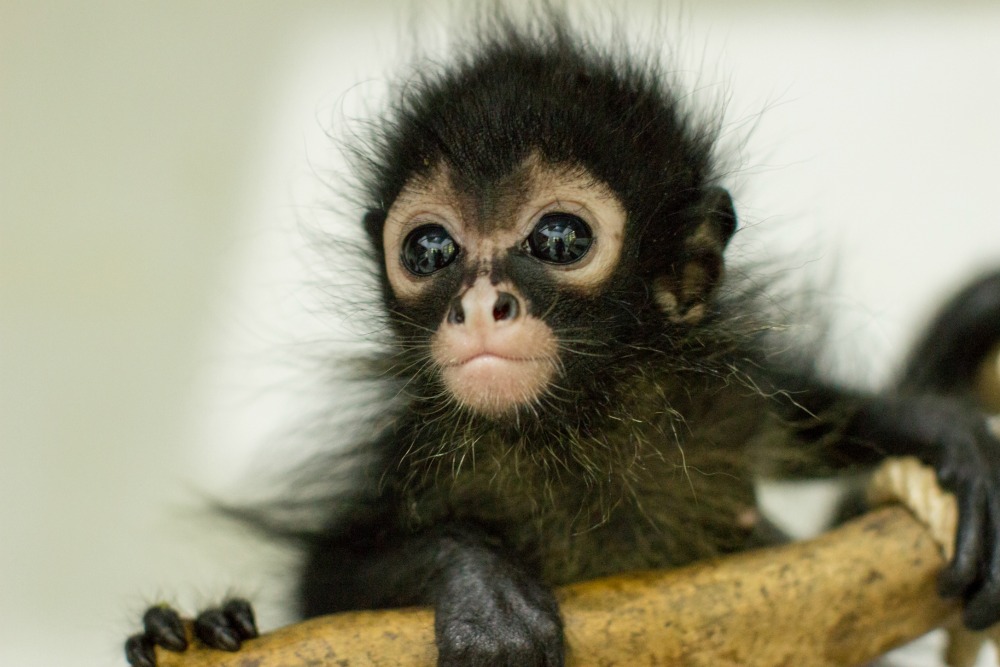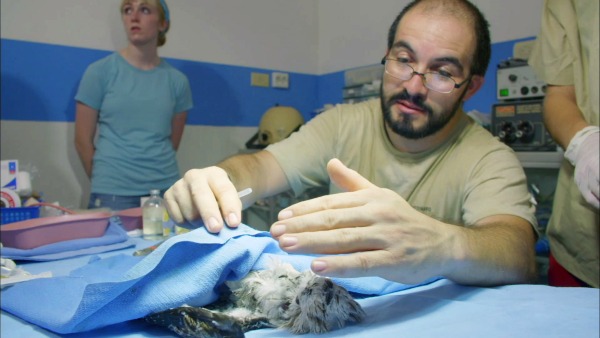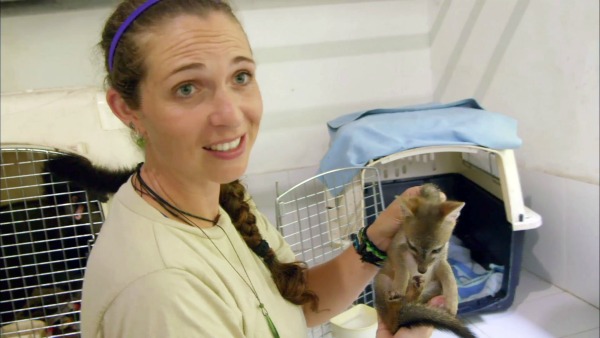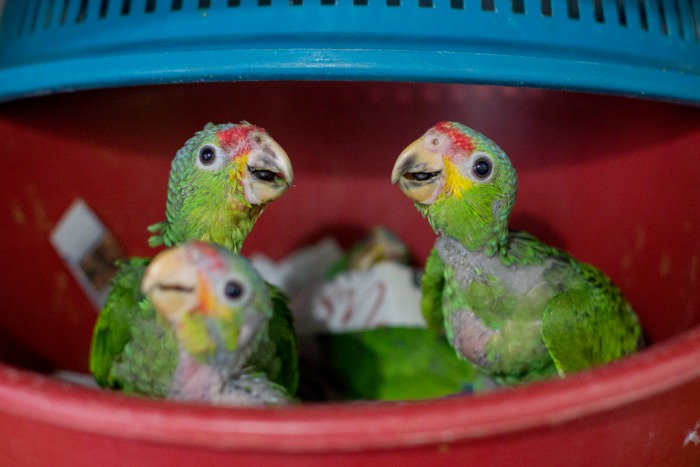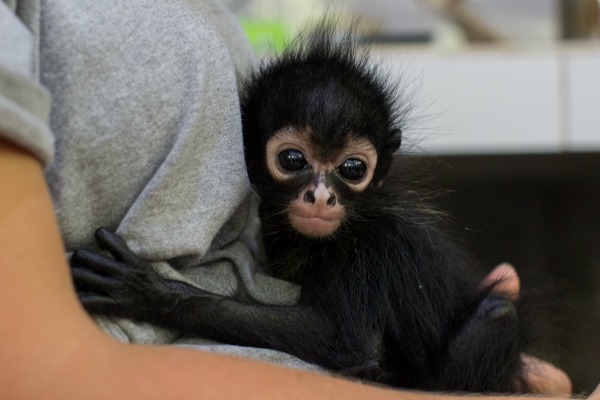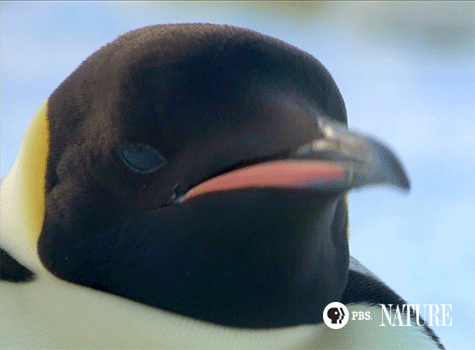I realized that if I had to choose,
I would rather have birds than airplanes.-Charles Lindbergh
I read a lot of press releases every day for a lot of reasons. Usually I just take note of a company name or a post idea, but I thought this one was cute and worth sharing
Wild birds may not really be in a humorous mood as they look at what lies ahead for them this winter. So BirdFeedersPlus.com has developed a Top 10 List to draw attention to their plight. It’s intended to be a tongue-in-beak, bird’s- eye view of what they’re probably tweeting about this Christmas season. However it is a serious matter to wild birds trying to make it through the difficult weather conditions they’ll be facing. Humans can make a difference in improving their chances of survival by providing them with food & water.
TOP 10 Reasons to Care For Wild Birds this Winter
–from a birds’ eye view:
10. Have YOU ever tried bathing in the snow?
9. Spring is HOW far away?
8. WE should get some credit for being the FIRST ones to start the “tweeting” craze – and we did it without cell phones
7. It’s not like we’re asking for steak & potatoes – just seeds would be fine (plus some heated water)
6. We don’t have fur coats like our other outdoor companions
5. You think we LIKE those stupid unheated houses with one little hole & no windows?
4. We’re your feathered friends!
3. How would YOU like to go months without mating?
2. You think YOU hate cats!
1. It’s still politically correct & you’ll be a better person for caring about us.
____________________________________________
(This is me writing again.)
Birdfeeding in winter is hugely rewarding, especially for kids. The bare branches on the trees make birds easier to spot, and since normal meals aren’t as abundant (insects, berries), they’re much more willing to visit feeders close to your house.
Learning bird identification hones observational skills and critical thinking; invite your kids to research their backyard birds, sketch them or graph their finds for bonus educational boosting. Journal bird sightings and then bring the journal back out next year to predict when your favorite birds will reappear.
But mostly backyard birding is a good way for kids to become familiar with the way that nature depends on our care… and the way the lively lilt of a bird’s song and happy tilt of its head make our own lives richer.
It doesn’t take much. There are tons of tutorials on DIY birdfeeders from upcycled materials, and storebought birdfeeders and baths make lovely holiday gifys that keep on giving. But really, it can be as simple as seed tossed outside your window.
Seriously, try it. You’ll be amazed at how checking in every day lifts you from your seasonal stress.
Are you a birder? Do you set out feeders in winter?


